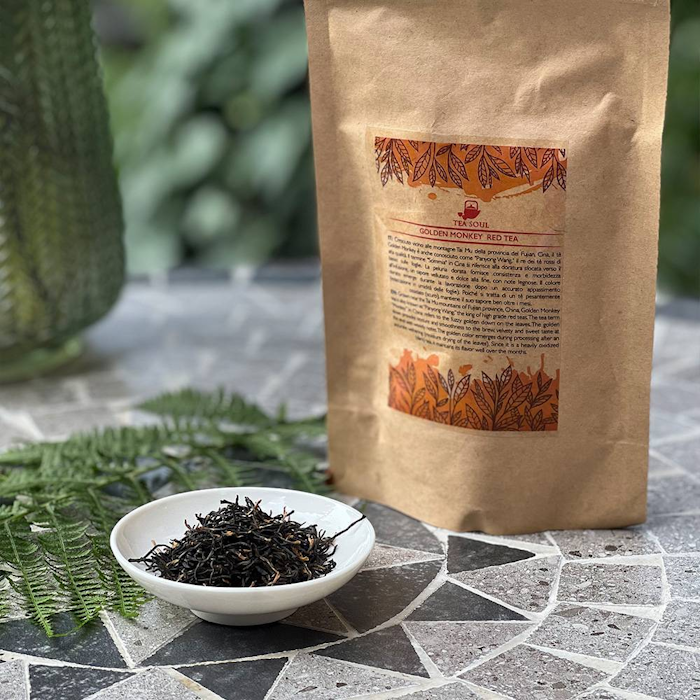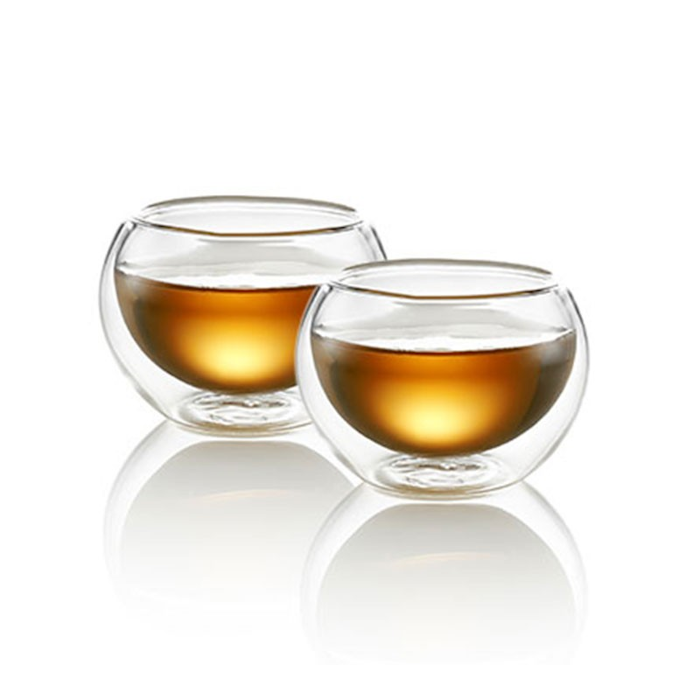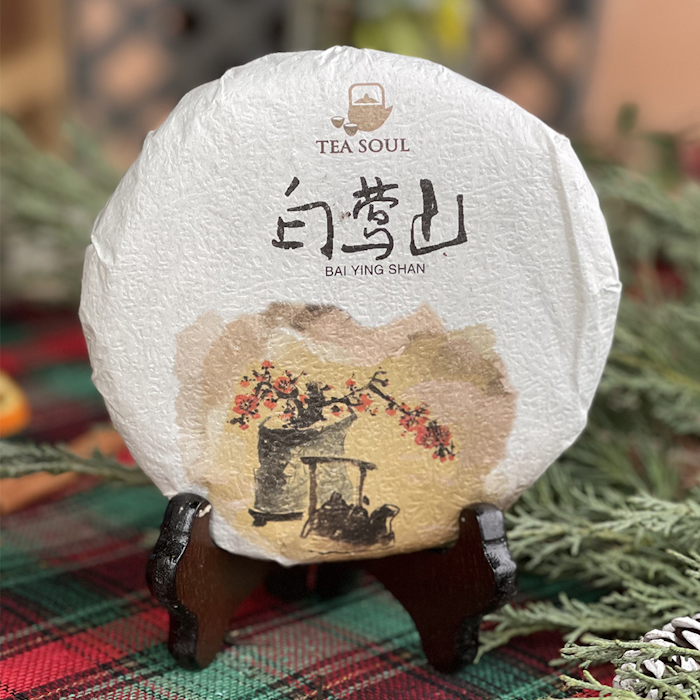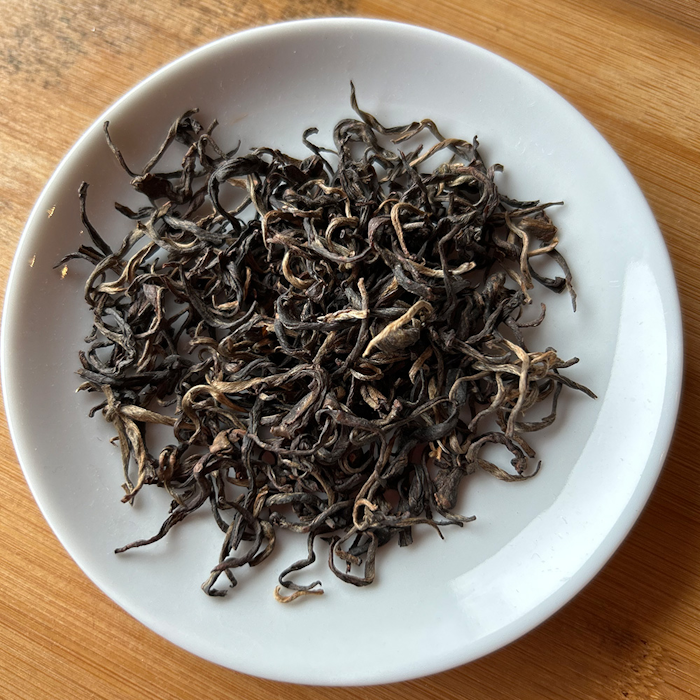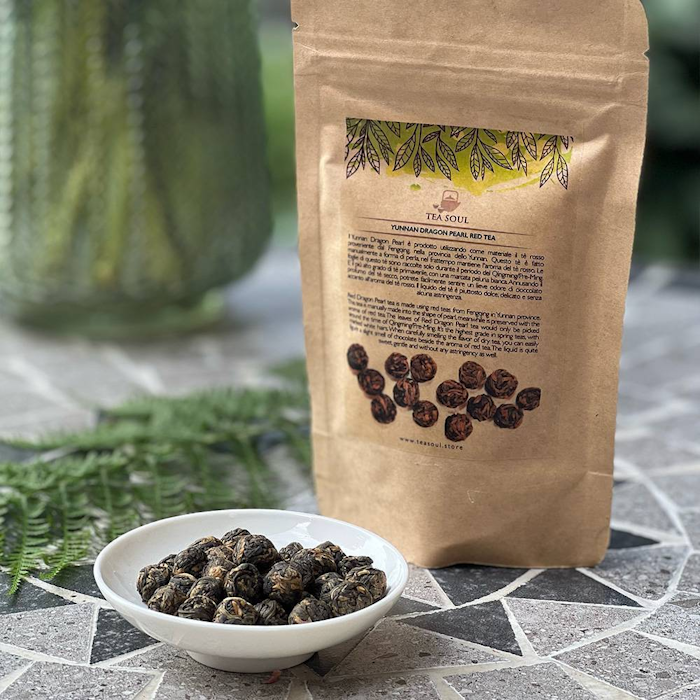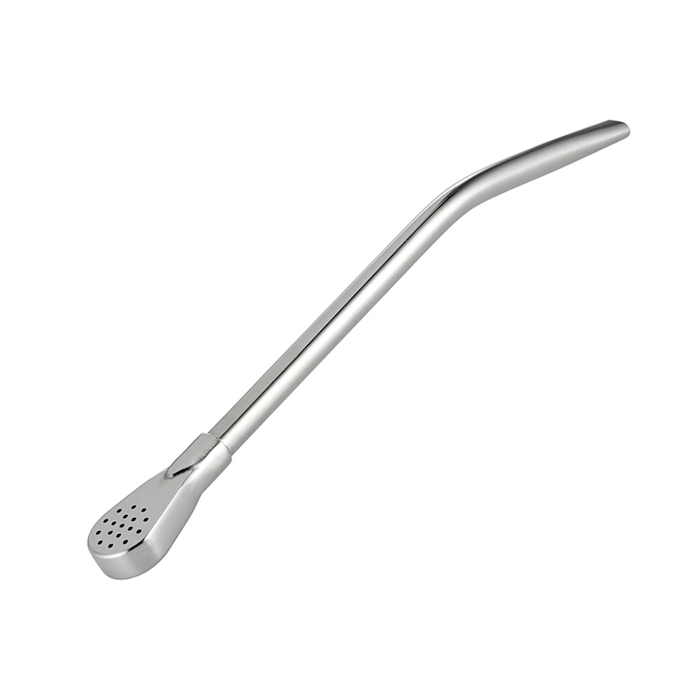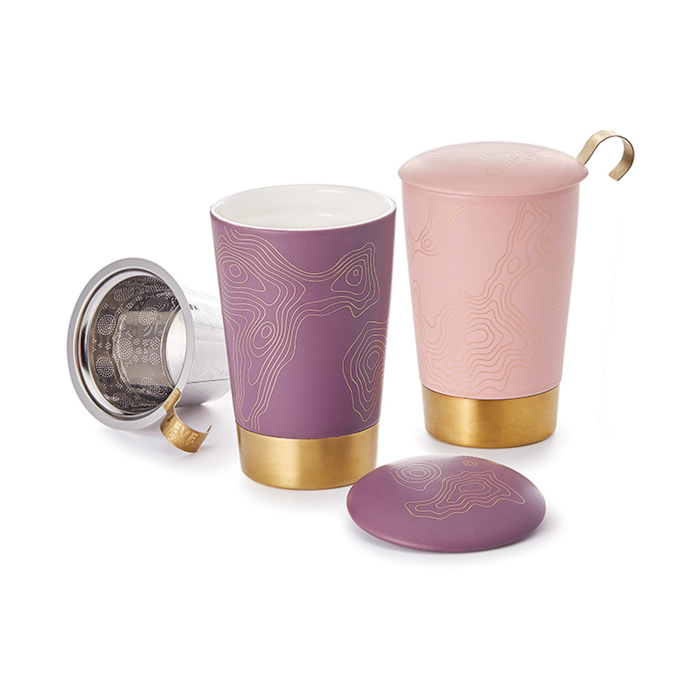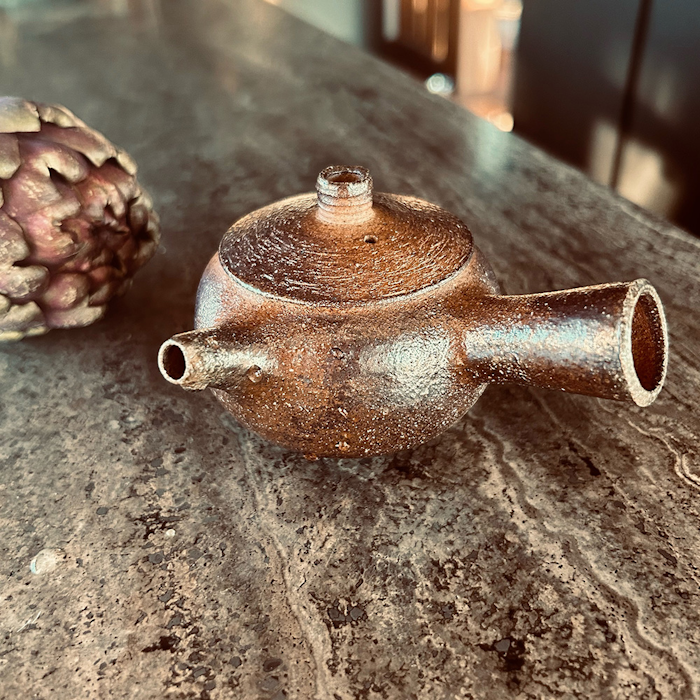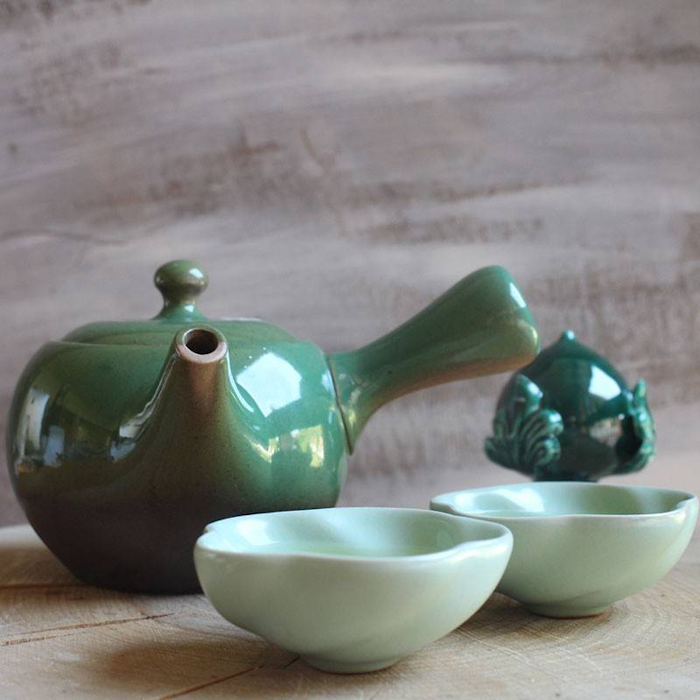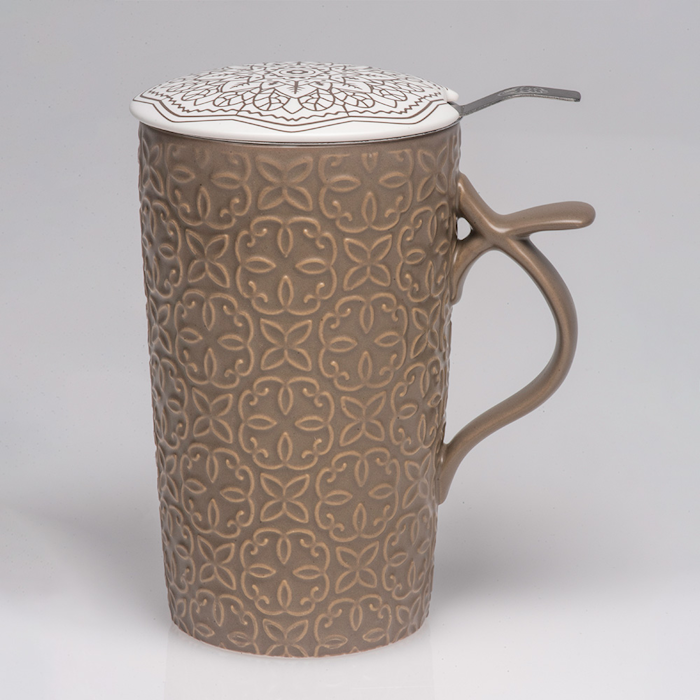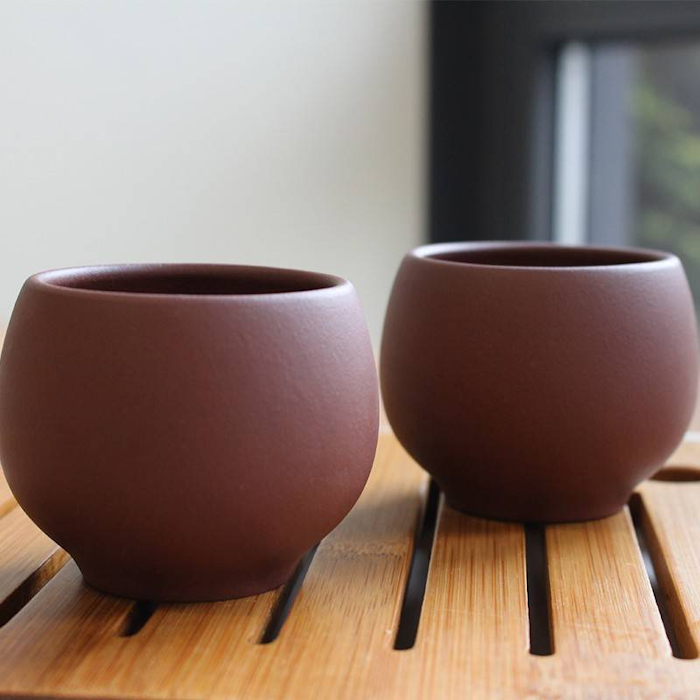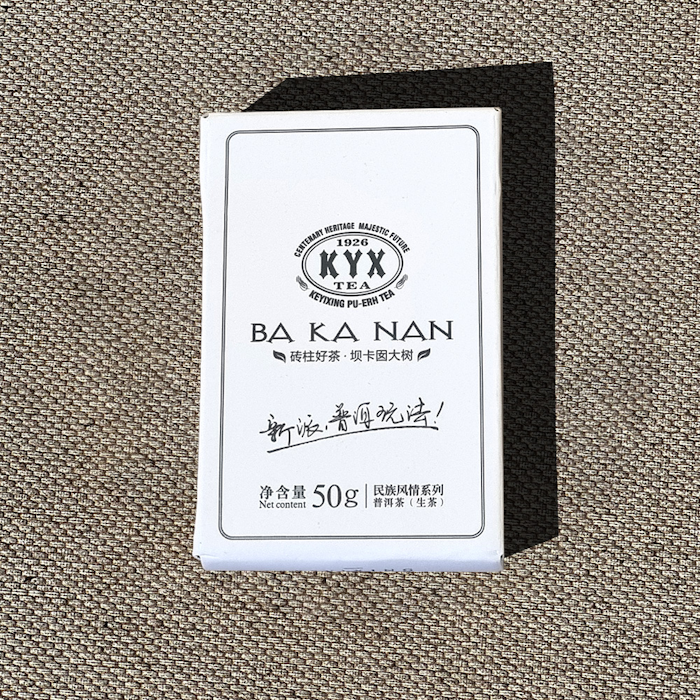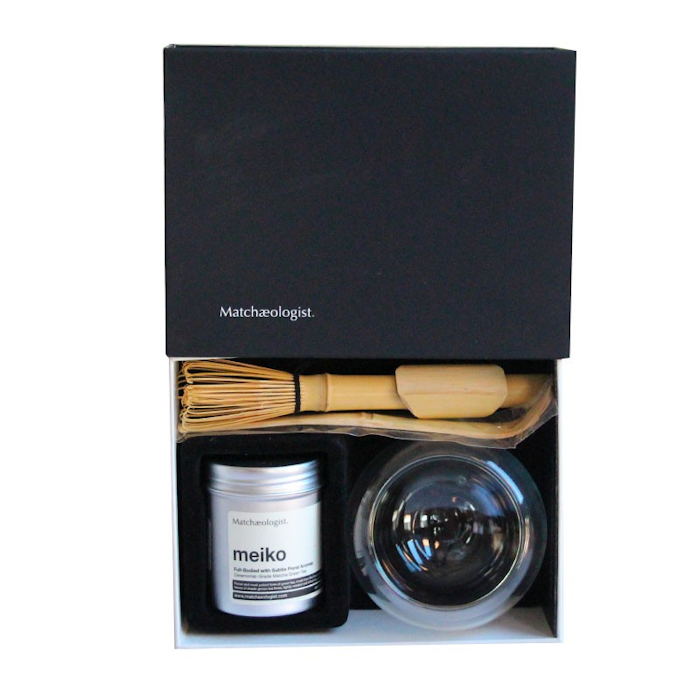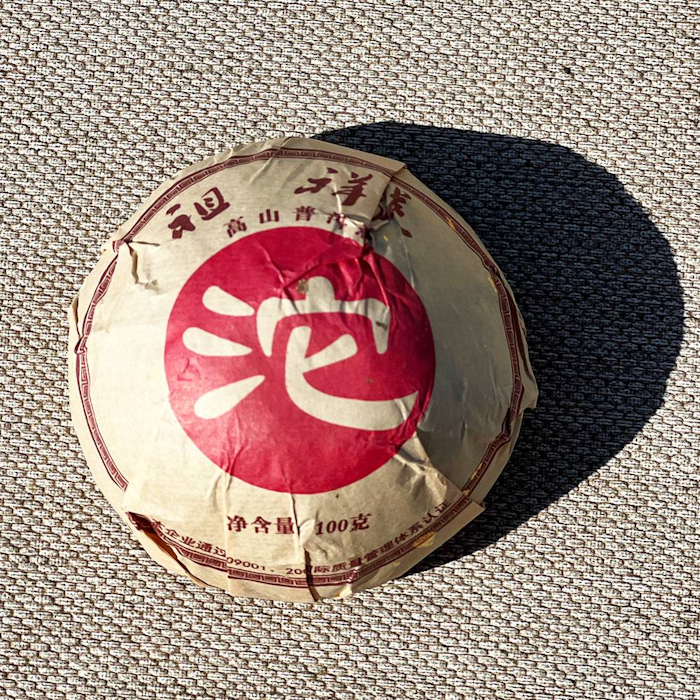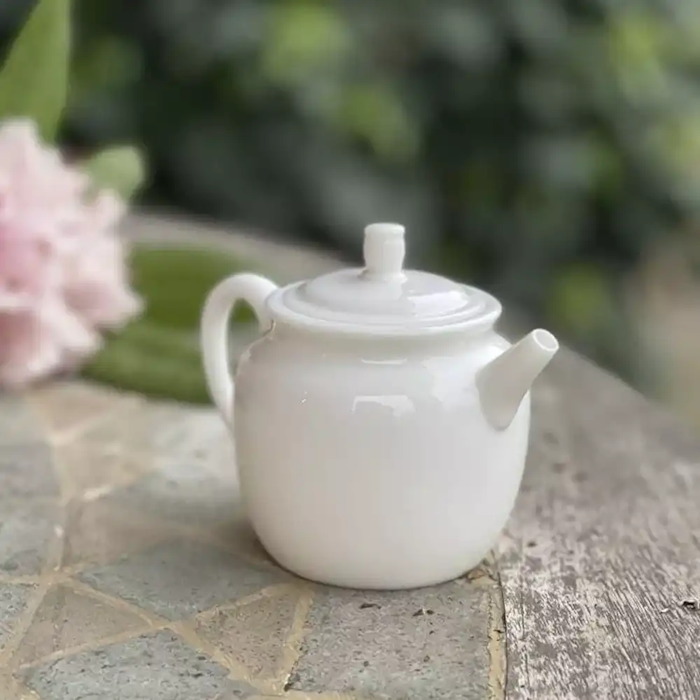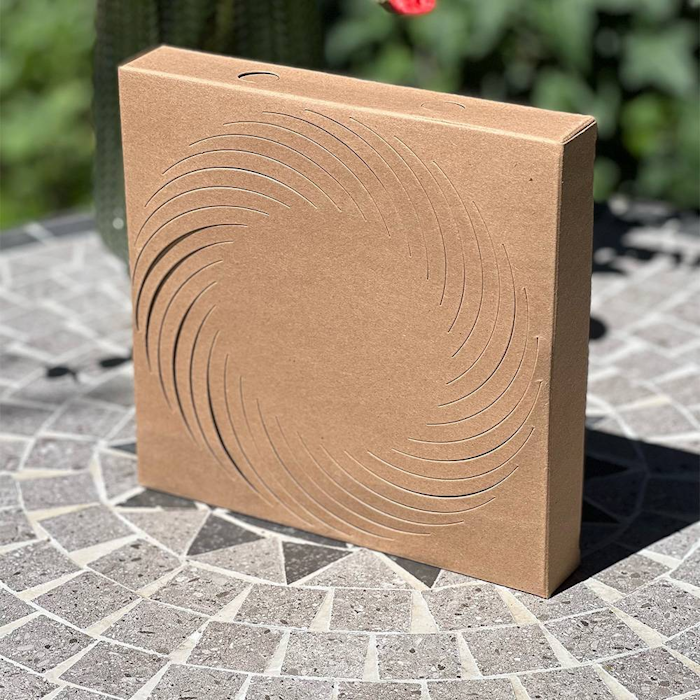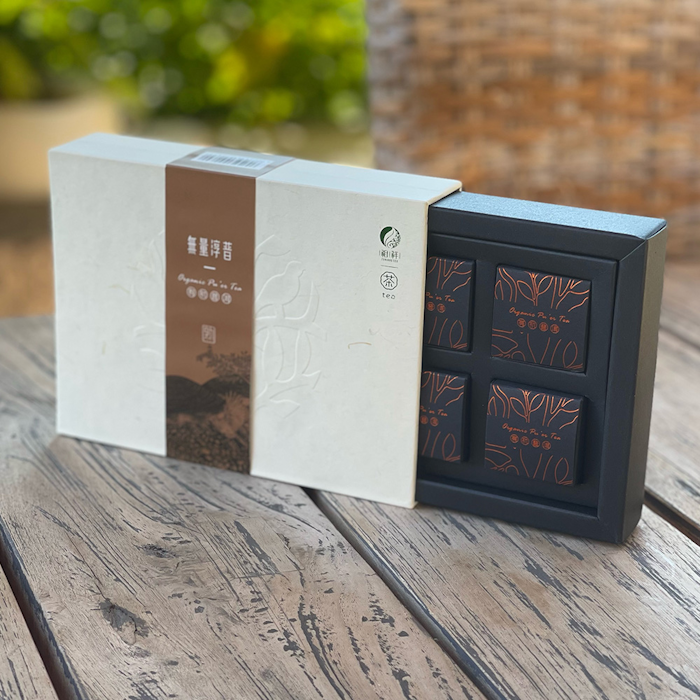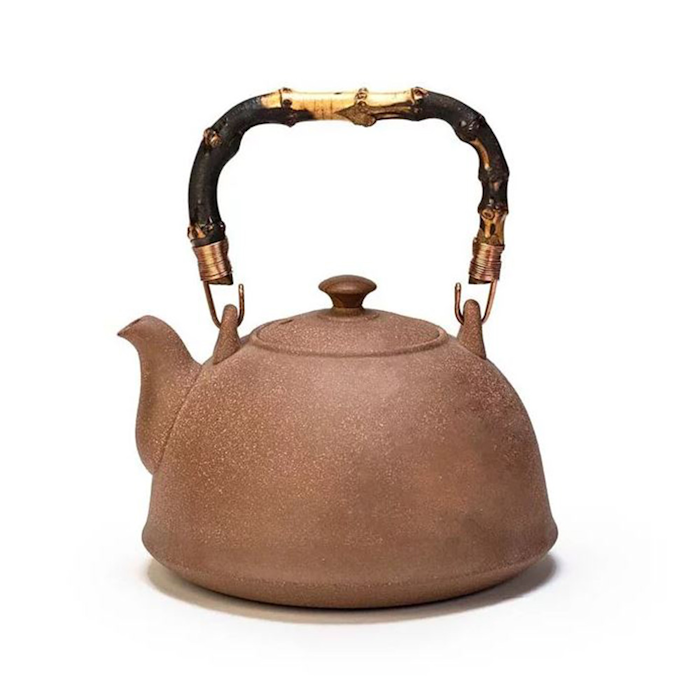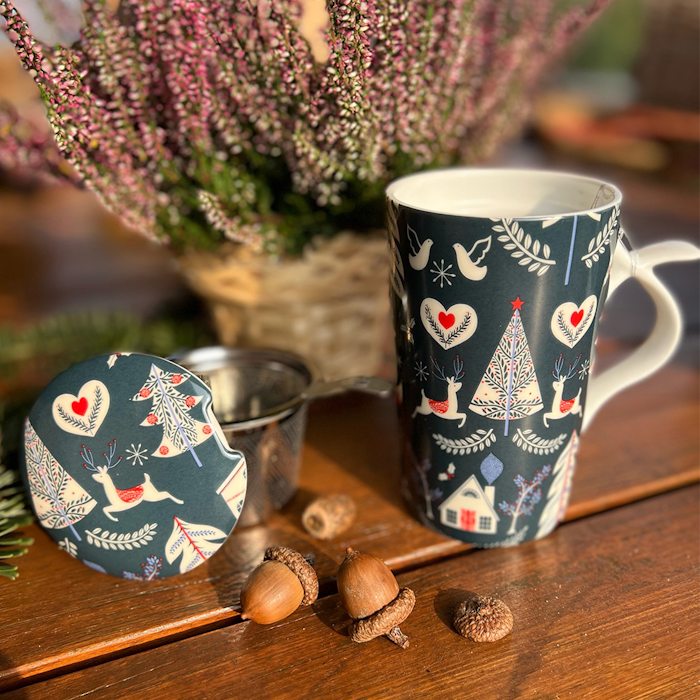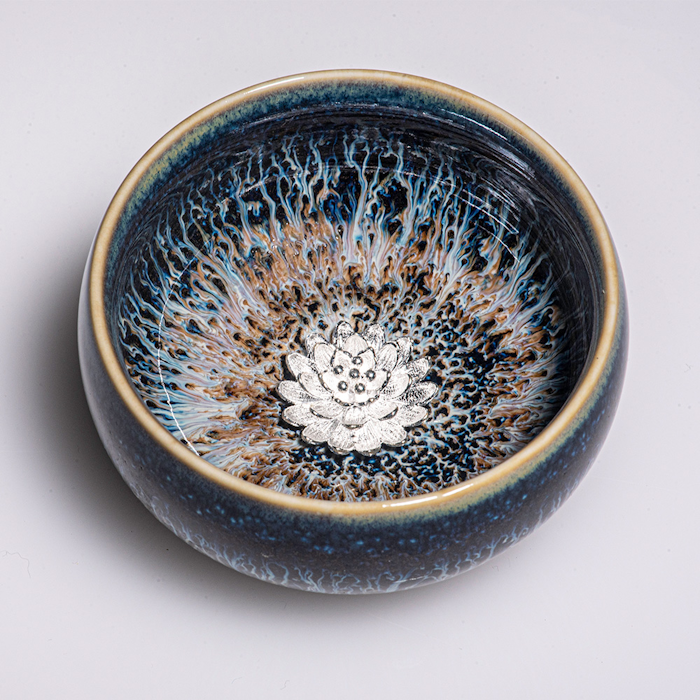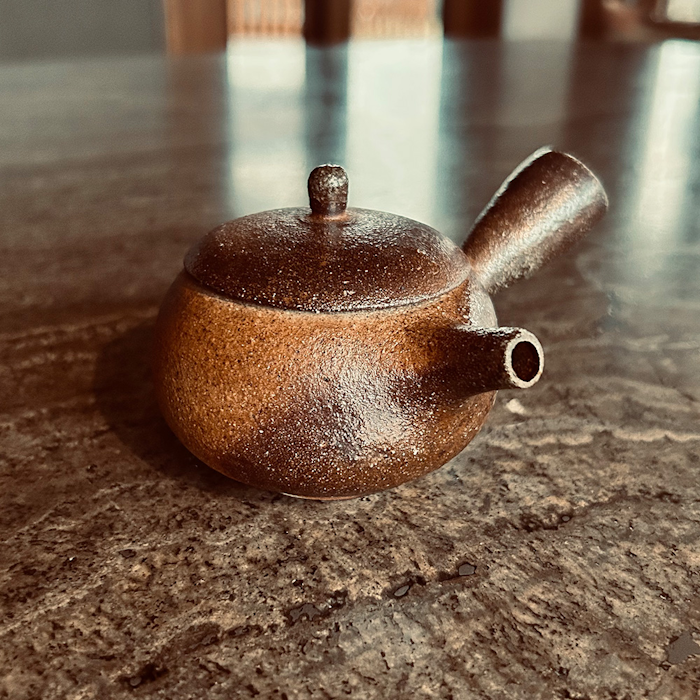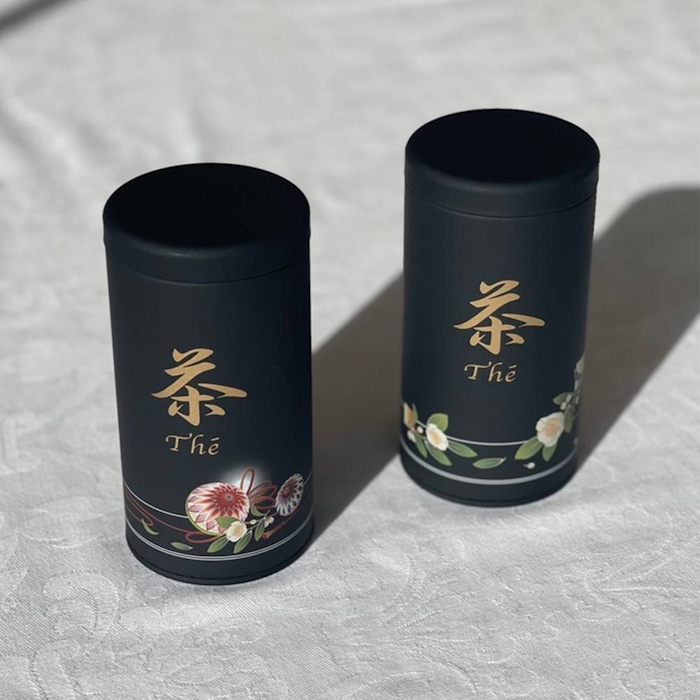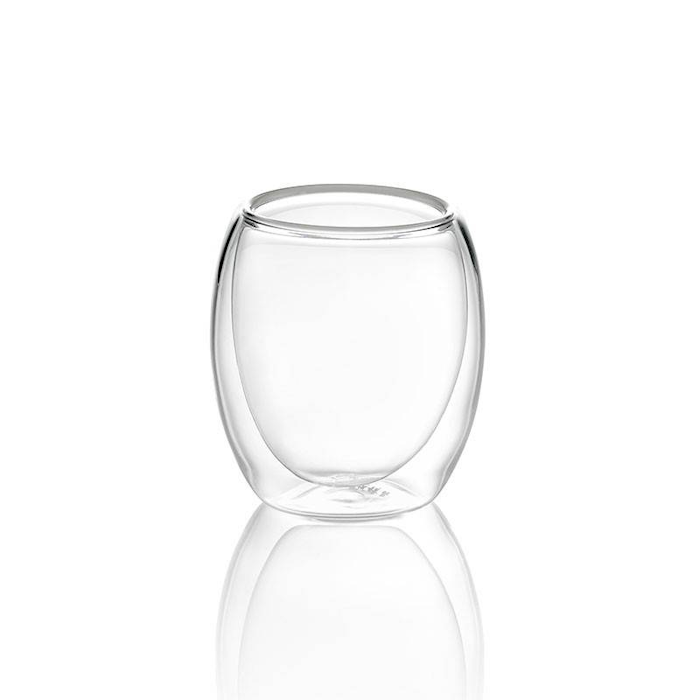The 2007 puer sheng (raw) golden silk tuocha tea comes from a famous Chinese factory called Xiaguan that, according to its recipes, mixes and presses different maocha from all over the Yunnan region to form products with a unique and complex taste. This factory was founded in 1941 near the city of Dali in the prefecture of the same name and, from its inception, made much use of the type of format called tuocha (bowl shape) to press its leaves. The Xiaguan brand has grown a lot over the years partly due to its geographical location, which provides it with an excellent climate to be able to age its teas.
The infusion of this puer sheng, despite the years of aging, has preserved among its flavors a particular floral hint that can recall the aroma of some roses. On the palate, however, one will be able to feel some characteristics of aging such as a delicate metallic dryness, an important mineral presence, and a particularly dense body with vegetal flavors that are already quite seasoned. All these elements named so far find a very special accord in the cup since the floral characteristic, although delicate, will never be overshadowed by the other typical flavors of aging that will all present a very linear development of their intensity in the mouth. Finally, after a few infusions of this puer sheng, one will be able to feel how all the more aged flavors will diminish leaving as the last and persistent protagonist on the palate the aforementioned floral flavor.
Location of origin
Yunnan, China
Production
After harvesting, the leaves are left to wither in the sun for a certain amount of time depending on the producer before going through the "killing the green" stage, which is purportedly similar to that used to produce green teas. The special feature, in this case, lies in not heating the leaves as much as is done for a green tea so that certain enzymes capable of changing flavors over time are preserved. Once cooked, the leaves are allowed to rest overnight before concluding the drying process in the sun. At this stage the product is called maocha and is ready to be (eventually) pressed in order to obtain the best conditions for transport and aging. To press the leaves they are passed through for a few seconds by a strong jet of steam so that they are made soft on the outside and are then gathered into a sock or sack that will give the product its shape, usually discoidal. To ensure that this structure remains fixed over time, the sack is left for hours under a stone or mechanical press while the leaves lose that residual moisture taken up by the steam in the previous stage.
Preparation
We strongly recommend infusing this tea in the traditional Chinese method (gong fu cha) to best enjoy these leaves. Following this preparation, 5.5 grams of leaves (about 3 teaspoons) can be used in a gaiwan of about 100 ml to obtain multiple infusions with different tastes. After a quick rinse of the leaves in water at 100°C, an initial infusion of 10 seconds can be made, and after that, keeping the water at the same temperature, the time can be increased each time by 5 seconds from the previous infusion (10 - 15 - 20...)
This tea has a longevity of about 10 infusions.
For a classic preparation according to the Western style, we recommend 3 grams of leaves (about 2 tsp) in a 150 ml cup with water at 100°C for an infusion time of one and a half minutes.
The tea can be filtered for ease when tasting, and also the infusion times given here above are meant to be purely indicative so you can also adjust according to your personal taste.
We recommend storing in a cool, dry place away from direct sunlight.











